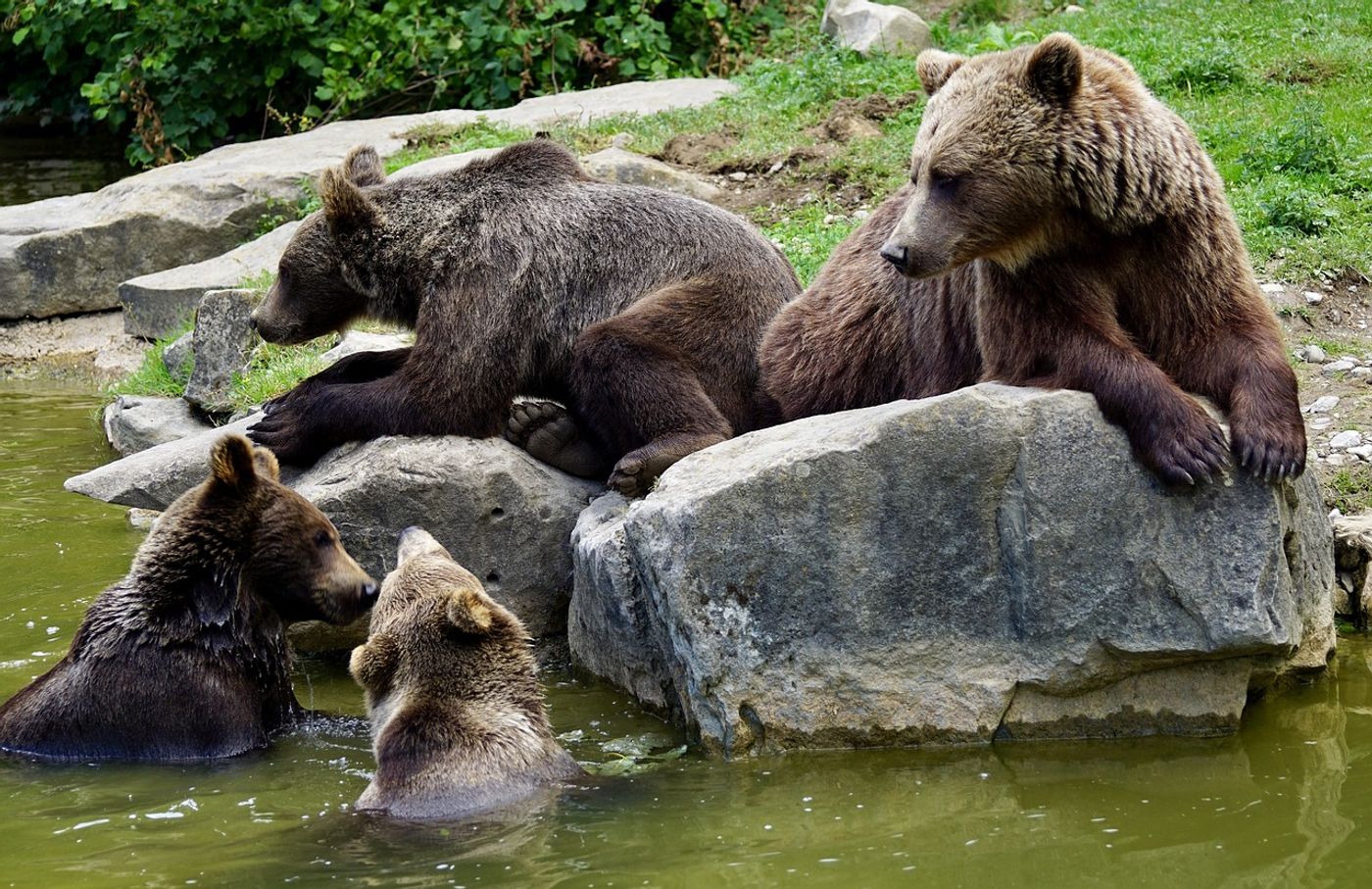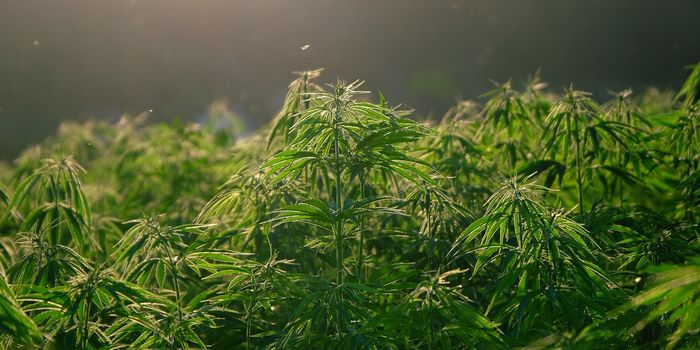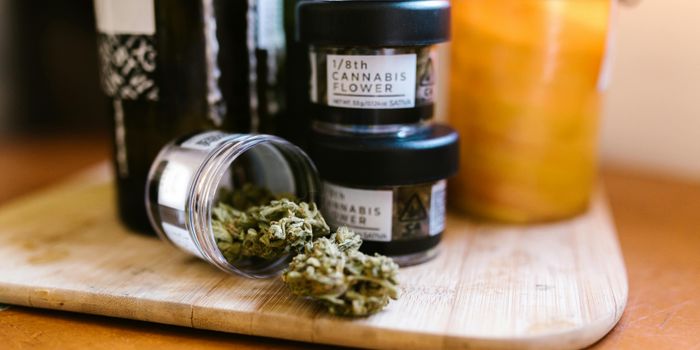Are Brown Bear Cubs Staying Close to Their Mothers for Longer?
Brown bear cubs, like many other baby animals found throughout the animal kingdom, stay close to their mothers until they’ve learned how to survive alone in the wilderness. How long they stay close ranges from one animal species to the next.
Image Credit: Pixabay
Researchers from the University of Sherbrooke in Quebec, Canada say they’ve observed an unexpected shift in brown bear cub behavior in Swedish forests. In particular, they appear to be spending more time with their mothers than ever before.
The findings, which have been published this week in the journal Nature Communications, come forth after the researchers analyzed 22 years’ worth of Scandinavian brown bear-related reproduction and survival records.
Related: Wolves eat less when they compete with brown bears for food
So just how much time are we talking about here? According to the study, approximately one full year. Throughout the 1980’s, cubs spent about one and a half years with their mothers. But as time progressed, that timespan purportedly increased to an average of two and a half years.
The researchers cite local bear hunting trends as a potential driver for the change. Swedish laws prevent hunters from tackling bear mothers that have cubs, so this behavior may have turned into a survival mechanism for mothers that cling to their young for more extended periods. Consequently, more of these mothers survive, and this trait gets passed on through genetics from generation to generation.
"For females, if you leave your cubs at one year and a half, then you become a target during the next hunting season," elaborated Fanie Pelletier, a co-author of the study. "But if you stay for a bit longer with your cubs, you're protected an extra year. The hunting is filtering out the females that keep their young for a smaller amount of time."
Related: Genetic adaptions may help polar bears stay warm
The study only considers brown bear populations in Sweden, so it fails to capture the big picture of bear populations around the globe. On the other hand, it underscores how human influence can change animal behavior drastically (sometimes in ways that impact its survival).
Similar trends may exist elsewhere on the planet where comparable hunting laws limit bear hunting practices, so the study leaves an open-ended question that researchers could investigate further in the future.
Source: BBC









